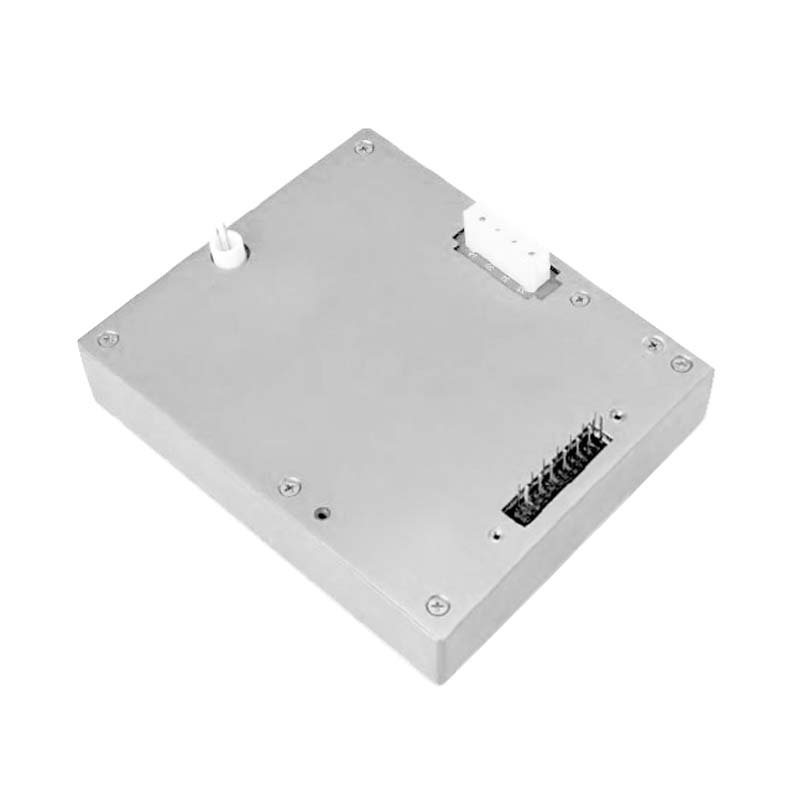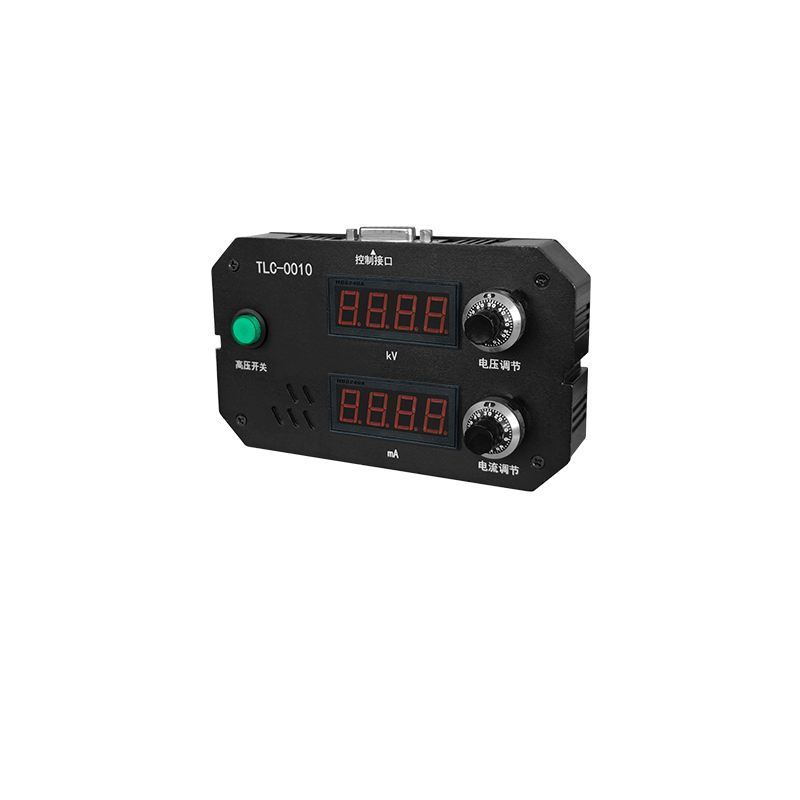Core Applications and Challenges of High-Voltage Drive Technology in Deep Ultraviolet Lithography Light Sources
As the core equipment in semiconductor manufacturing, the performance of lithography machines directly depends on the precision and stability of their light source systems. Deep Ultraviolet (DUV) light sources (wavelengths 193nm/248nm) are critical for advanced chip processes, and high-voltage drive systems are essential for their efficient operation.
Technical Relationship Between High-Voltage Drive and DUV Light Sources
Physical Basis of Gas Discharge
DUV light sources are primarily generated by excimer lasers. Their working principle involves applying high-voltage short pulses (thousands to tens of thousands of volts) to a mixture of inert gases (e.g., argon, krypton) and halogen gases (e.g., fluorine), ionizing the gas to form unstable excimers. These excimers release DUV photons (193nm or 248nm) upon decomposition .
High-Voltage Startup Necessity: Gas ionization requires a strong electric field to break down the medium, and high-voltage drives provide instantaneous energy to ensure efficient plasma generation .
Pulse Precision Requirements: Exposure accuracy requires pulse frequencies above 6000 Hz with timing errors below 150 ns; otherwise, photoresist exposure becomes uneven .
Power and Efficiency Balance
High Power Demand: DUV light sources require an output power exceeding 120W to support a target capacity of 300 wafers per hour .
Energy Consumption Challenge: Traditional high-voltage drives account for over 30% of total lithography machine power consumption. Optimized circuit design can reduce energy loss .
Core Challenges in High-Voltage Drive Systems
Stability and Reliability
Voltage Fluctuation Suppression: Voltage fluctuations cause plasma instability, affecting exposure uniformity. Closed-loop feedback control must limit voltage fluctuations to ±0.1% .
Thermal Management: High-voltage discharge generates localized high temperatures (>5000 K). Liquid cooling systems are integrated to prevent electrode erosion and extend light source lifespan (>100,000 hours) .
Miniaturization and Integration
With limited internal space in lithography machines, high-voltage drive modules must achieve compact designs under high power density (>10 kW/m³). For example, solid-state switching devices (e.g., SiC MOSFETs) can replace traditional transformers, reducing volume by over 50% .
Technological Innovation Directions
Solid-State High-Voltage Drive Technology
Solid-state drives based on semiconductor switches reduce arc interference and improve response speed. Modular multilevel converters (MMC) enable precise timing control of high-voltage pulses .
Intelligent Energy Management
Machine learning algorithms predict plasma states and dynamically adjust voltage parameters to reduce无效能耗. Experiments show a 15% improvement in energy efficiency .
Application Prospects
As chip processes advance below 7nm, DUV light sources must synergize with Extreme Ultraviolet (EUV) technology. High-voltage drives will play a critical role in multi-source integration (e.g., DUV+EUV hybrid exposure), especially in high-numerical aperture (High-NA) lithography machines, where drive precision directly impacts overlay accuracy (<2 nm) .
Conclusion
High-voltage drive technology is the heart of DUV lithography light sources, determining resolution, productivity, and reliability. Future breakthroughs in stable power design, energy efficiency optimization, and intelligent control are essential to support the continued scaling of semiconductor manufacturing.




















